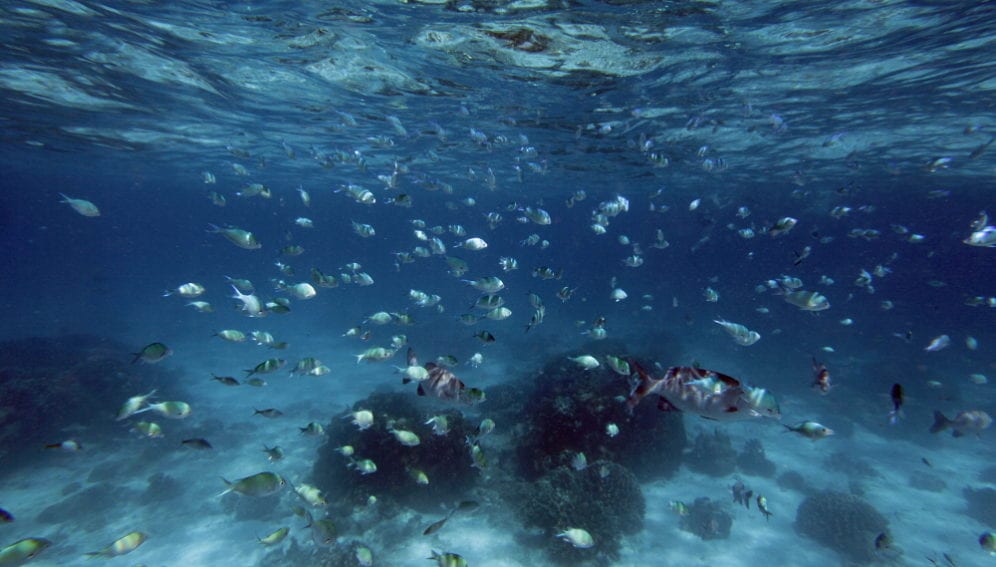By: Aamna Mohdin
Send to a friend
The details you provide on this page will not be used to send unsolicited email, and will not be sold to a 3rd party. See privacy policy.
A recent UN report said that global warming will cause trillions of dollars of damage to coral reefs in the Caribbean. It also warned that small island states will be disproportionally affected by the impact of climate change: their coral reefs, which their economies depend on, are under significant environmental stress. [1]
One news report on the document noted that the insurance industry could play a role in safeguarding such nations’ economies by providing stronger theoretical frameworks in which to understand risks to reefs. [2]
I asked Mike Maran, chief science officer at insurance firm Catlin Group, what such efforts might look like. He tells me the firm is sponsoring a global scientific survey of coral reefs, including some in the Caribbean, with the aim of monitoring their health over the coming years.
Why would an insurance company do such a thing? Maran explains that scientific evidence helps insurers understand what might happen to reefs in the future, and how fast. Although firms do not insure the reefs directly, Maran says they have a broad obligation to study the risks society will face in the future so as to understand and manage those risks. The collection of robust scientific information gives insurers a good understanding of how the planet is changing and the impact these changes will have on policyholders.
Many of the risks involved in policies firms do provide — for example insurance for homes, other properties and businesses — could be linked to climate change, and so understanding changes to reefs as a proxy measure of that will help quantify those risks. For example, reef degradation could have an impact on fishing or tourism industries and so indirectly change the value of insured assets.
Maran tells me Catlin Group is proud of its involvement in the scientific survey to date. So far it has a visual record of 150 kilometres of Caribbean reefs, and marine scientists are now analysing 105,000 GPS-located, panoramic images. But he says the insurance industry “should do much more to help scientists” collect climate data.
There is still a lack of large sets of data concerning reefs, which is a significant limiting factor when quantifying risks and making informed decisions about how much governments should invest in climate-change mitigation policies and what kind would be most useful to implement, Marran says.
He suggests the first step towards protecting coral reefs from the threats posed by climate change is to gather more data and ensure it is available to scientists for study.
Once a robust scientific understanding is in place, he says, insurers and governments can work from the same page. That means governments will have a clearer idea of the types of climate change mitigation projects will successfully persuade insurers that risks are lowered — meaning lower premiums should be possible.
Aamna Mohdin is a freelance journalist based in London, United Kingdom.
References
[1] Emerging issues for small island developing states (UN Environment Programme, June 2014)
[2] James Whittaker Climate change impacting Cayman’s reefs, UN says (CaymanCompass.com, 10 July 2014)














